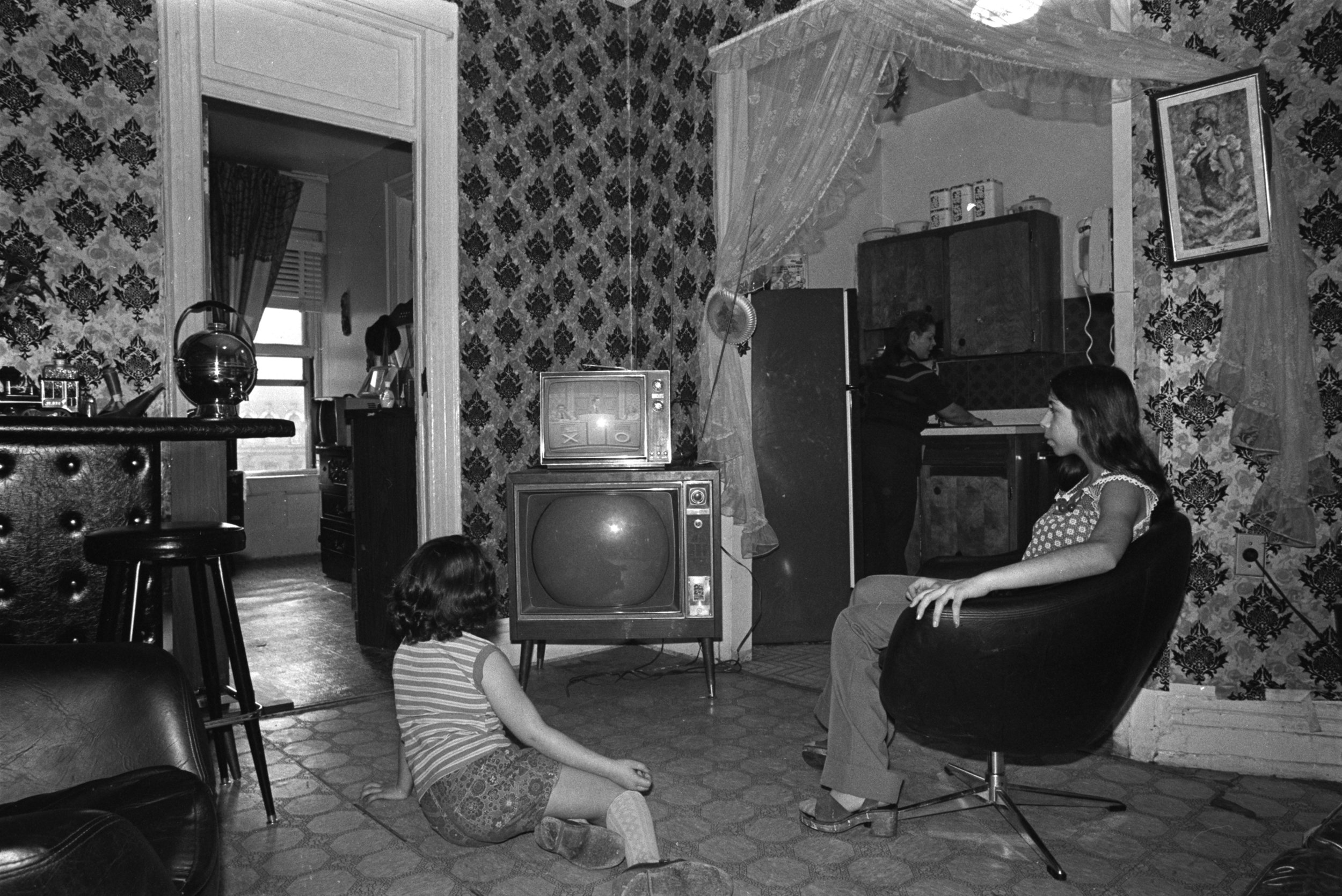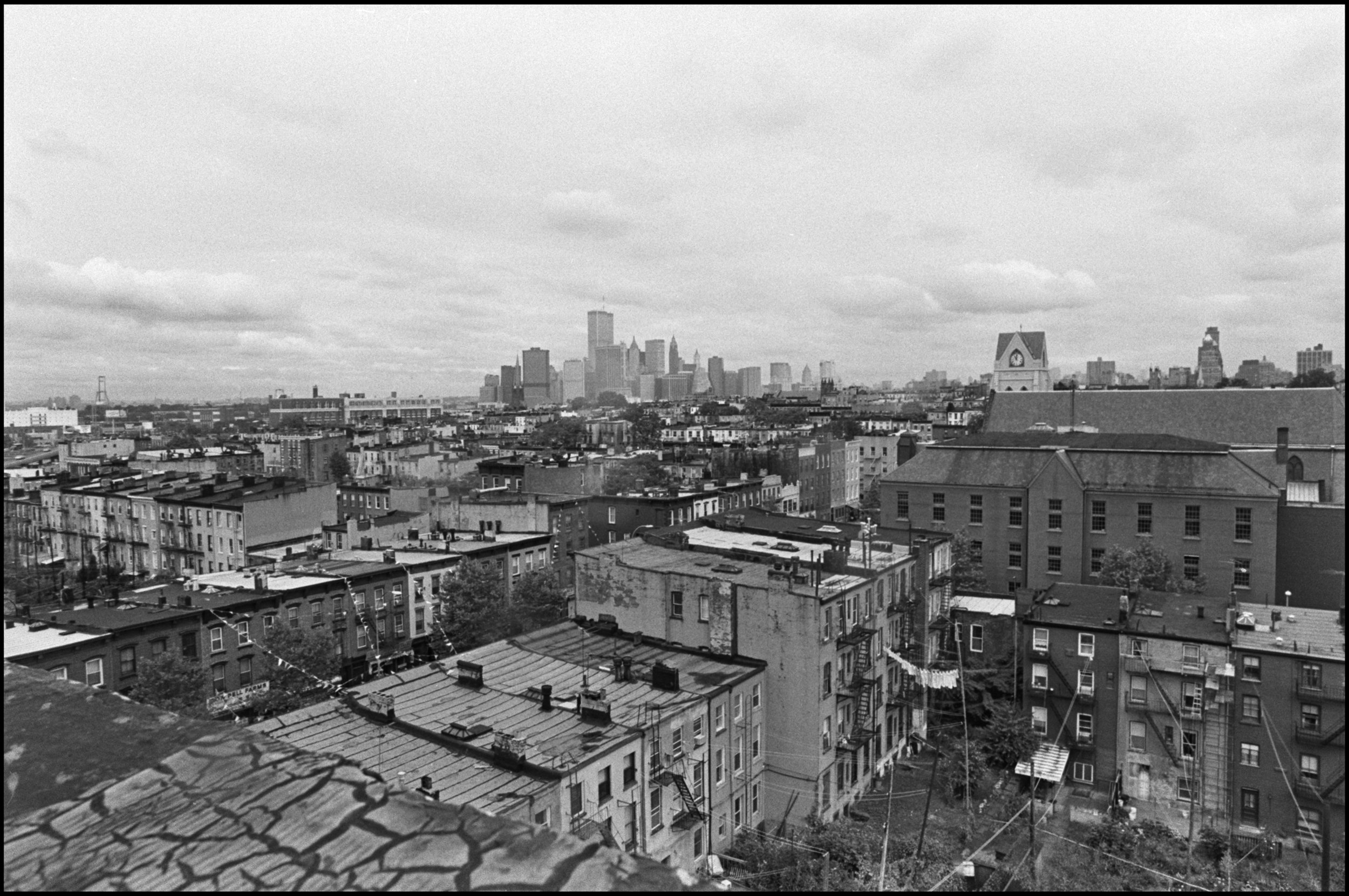LIVING IN THE CITY: AN INSIDE LOOK AT FOUR DECADES OF CHANGING HOUSING IN NEW YORK CITY
Featuring: Larry Racioppo, Paul Rice, Leonord Boykin and other photographers employed by the NYC Department of Housing Preservation and Development (HPD) and predecessor agencies. On display as a part of Photoville 2017, located in Brooklyn Bridge Park.
New York City is constantly changing. Cycles of growth, decay, and renewal have altered the bricks and mortar of its physical environment and the people who live here. “Living in the City” vividly illustrates how the housing landscape in New York City changed during the four decades from 1961 to 2001. Selections from more than 150,000 historical photographs, recently acquired by the New York City Municipal Archives from the Department of Housing, Preservation & Development (HPD), illustrate both the human and physical aspects of these changes. As the largest municipal housing agency in the nation, HPD promotes the construction and preservation of affordable, high-quality housing for low- and moderate-income New Yorkers, enforces the Housing Maintenance Code to ensure the quality and safety of the city’s housing stock, and engages in comprehensive planning to strengthen neighborhoods across the five boroughs.
Throughout these four decades, talented photographers employed by HPD and its predecessor agencies documented New York City’s work to improve and preserve its housing stock. Images from the 1960s offer poignant glimpses of city-life amidst a tumultuous social and political landscape that ushered in decades of urban decay. Beginning in the 1970s, and gaining momentum through the 1980s and 1990s, the photographs capture the massive city-wide preservation efforts that helped to restore dozens of neighborhoods devastated by abandonment and crime. Rich with images of community residents, street scenes, storefronts and advertising, the photographs chronicle a city in transition.
In the early 1960s, much of New York looked little different from the images captured by Berenice Abbott in the 1930s for her book Changing New York. However, some neighborhoods were already being dramatically altered by massive projects. The Cross-Bronx Expressway forever transformed the Bronx landscape, and “slum-clearance” initiatives such as Lincoln Center razed the tenements of San Juan Hill in Manhattan. The Seward Park development on the Lower East Side (part of Robert Moses’ Lower Manhattan Expressway project that would have decimated lower Manhattan), and Luna Park Village in Coney Island were equally transformative.
Beginning in the 1970s, and gaining momentum through the 1980s and 1990s, HPD photographers captured the massive citywide preservation efforts that helped to restore dozens of neighborhoods devastated by abandonment and crime. Rich with images of community residents, street scenes, storefronts and advertising, the photographs in our exhibit chronicle a city in transition. This urban narrative parallels the changes in photography both technically and artistically. Early photos in the collection were shot on 4x5 film and show a distinctly modernist esthetic. Over the next several decades, the photographers transitioned to roll film and color film, and adopted a more intimate, “snapshot” esthetic.
The Fiscal Crisis in the 1970s caused landlords to abandon properties or burn them, and although the City seized many properties they did not have the funds to restore them. By the early 80s, some parts of the City resembled bombed-out war-zones. As part of an effort to improve morale in blighted neighborhoods, decorative window and door seals were placed in abandoned buildings. After a trial run in Brooklyn, although mocked by some as a band-aid over real problems, the program was expanded to Queens and Manhattan and a large portion of the South Bronx by 1983.
As many City-owned buildings languished in boarded-up limbo, the homeless and activists started to “squat” in buildings, often fixing them up themselves and forming communal groups that maintained the buildings. However, most of these buildings had no services, such as water and electricity, and as once-blighted neighborhoods returned to desirability, the City sought to take them back. In a dramatic and controversial move, riot police with an armored vehicle evicted the squatters from the City-owned building at 539-541 East 13th Street.
More recent cycles of development and changing neighborhood dynamics have in some cases replaced the housing that was built or restored as recently as the 1980s, and the vibrant New York storefronts captured here are rapidly vanishing. These photographs will remain as an important document of an ever-evolving city, long after the next cycles of change. Explore more photographs from the HPD Collection in our online gallery.
Tenant in window, location unknown. September 1996. Photograph by Larry Racioppo.
This exhibit was curated by Michael Lorenzini and Matthew Minor of the NYC Municipal Archives for Photoville 2017 in Brooklyn Bridge Park.
The preservation and digitization of the HPD collection was sponsored by generous grants from the New York State Archives Local Government Records Management Improvement Fund.















































